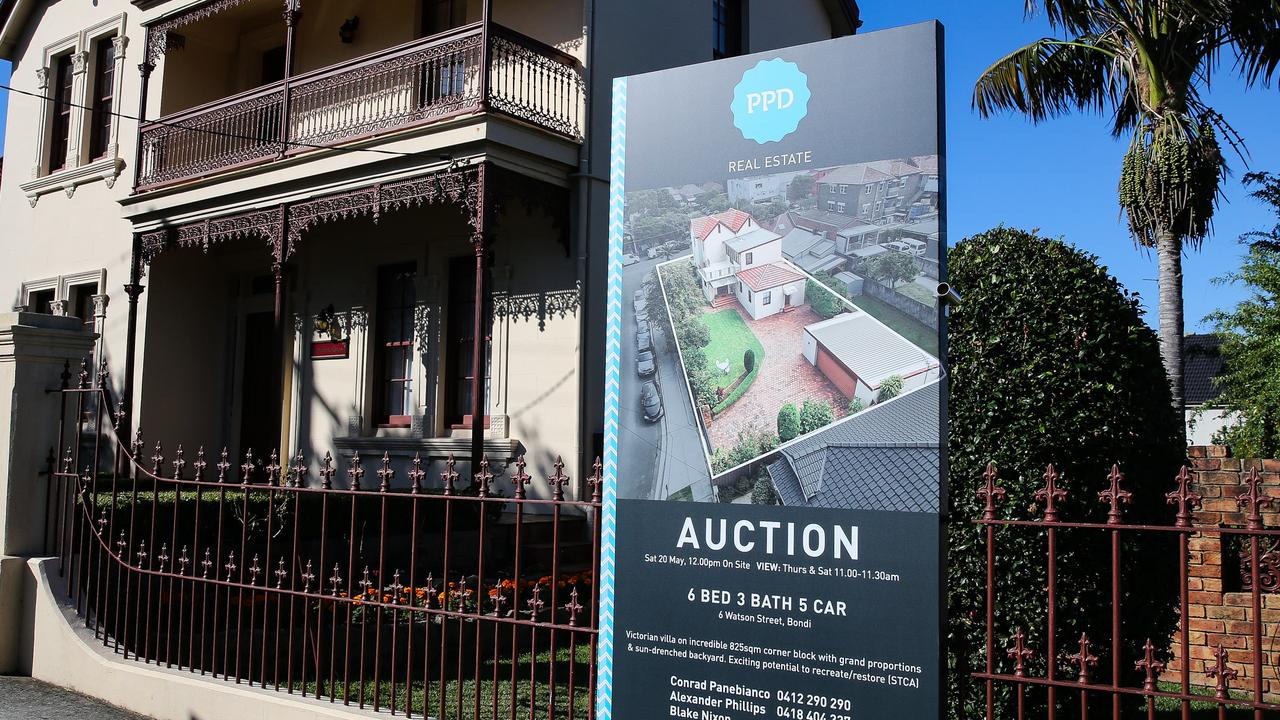Federal election: How Australia is desensitised to big money policies
It’s the thing that could seal the next election – but are Aussies desensitised to this one word that has been a sure-fire winner in the past?

Federal Election
Don't miss out on the headlines from Federal Election. Followed categories will be added to My News.
With the next federal election less than three months away, the nation is preparing to tune into the campaign, as the Labor Party and the Coalition make their case that they are the best government to lead Australia into what we hope will be a post-pandemic world.
As Prime Minister Scott Morrison and Opposition Leader Anthony Albanese compete for the votes of the electorate, one has to wonder: Has the pandemic changed the way Australians see federal politics?
In the past, governments have often relied on pledges of big-spending policies in an attempt to secure votes. In 2019 in particular, this was an effective strategy.
By holding the federal budget early and prior to the election, the Morrison Government was able to credibly claim that their policies were already effectively paid for because they were already in the budget before Election Day.
But amid a very different Australia where hundreds of billions of dollars’ worth of stimulus money has been flowing through the economy, the question is, is a pre-election cash splash still an effective strategy? Or has the electorate become somewhat desensitised to big spending policies?

A historical touchstone: Australia’s largest pre-pandemic stimulus
When the Global Financial Crisis arrived on Australia’s shores in 2008, a recession was considered highly likely as markets crashed and economies were plunged into contraction around the world.
In an attempt for Australia to avoid this fate, the Rudd government embarked on what was at the time the largest economic stimulus package in the nation’s history.
At the urging of then secretary of the Treasury Department Ken Henry – “Go early, go hard and go households” – the Rudd government unveiled a stimulus package worth $10.4 billion heavily targeted at pensioners, families and first homebuyers.
In February 2009, a further $42 billion was pledged including $26 billion for infrastructure and $12.7 billion in cash bonuses ($950 for every Australian taxpayer who earned less than $80,000).
Despite their extremely high cost relative to previous economic support measures, the stimulus packages proved extremely popular with the broader electorate.
During this period, the Rudd government enjoyed a continued streak of strong polling numbers, with its two-party-preferred support peaking at 59 per cent in December 2008.
Pandemic stimulus: Billion becomes the word of the day
Prior to the pandemic, the government unveiling a policy worth more than a couple of billion dollars over the next few years was a big deal. It was something that generally only occurred when a major policy such as the National Disability Insurance Scheme or the Gonski education funding package was put into place.
Yet since the pandemic began, many Australians have seemingly become desensitised to the word billions.
When Covid hit our shores, the Morrison Government committed to more than $500 billion in overall support measures. Meanwhile at the Reserve Bank, the RBA committed to buying billions of dollars of government bonds and to providing up to $200 billion to the banks in the form of cheap loan funding.
In short, a policy with a “billion” attached to the price tag lost its pre-pandemic lustre, as JobKeeper, the JobSeeker supplement, Business Cashflow Boost and a list of others were rolled out with price tags ranging up to $90 billion each.

How does today compare?
According to the Morrison Government’s Mid-Year Economic and Fiscal Outlook (MYEFO), there is $16 billion budgeted for “decisions taken but not yet announced”, including $5.6 billion for 2021-22.
It’s not entirely clear how much of these budgeted funds will be spent on election announcements, because it includes items such as vaccine purchases.
However, a Treasury official had reportedly suggested that roughly half of the budgeted funds could be for discretionary government spending, meaning roughly $8 billion could be spent on pre-election commitments.
In all likelihood this is just the beginning of the pre-election cash splash from both the Morrison Government and the Opposition, with an early budget and an entire election campaign still to come before they have both fully laid out their spending plans for the electorate.
How effective might it be?
With the Morrison Government currently trailing heavily in the polls 45-55, the Coalition is currently far more reliant on its pre-election policy plans being effective with the electorate than Labor is with their own spending commitments.
The big question is how effective will it prove with an electorate that has become accustomed to that “billion” word?
Despite the Morrison Government providing the largest degree of support for the economy ever in dollar terms, this has not translated into long-term success in the polls.
Even with the federal budget deficit expected to come in at $99 billion (pre-Omicron) for the 2021-22 financial year, these big-spending budgets have seemingly lost some of their appeal for the electorate.
Ultimately, there is a seemingly endless list of factors that influence how each of us comes to a conclusion on who we will vote for at the ballot box.
But after two years and almost a trillion dollars in support commitments from the Morrison Government, the states and the RBA, perhaps we are a bit desensitised to the spending commitments that once may have more significantly influenced our votes.
Tarric Brooker is a freelance journalist and social commentator | @AvidCommentator
Originally published as Federal election: How Australia is desensitised to big money policies





